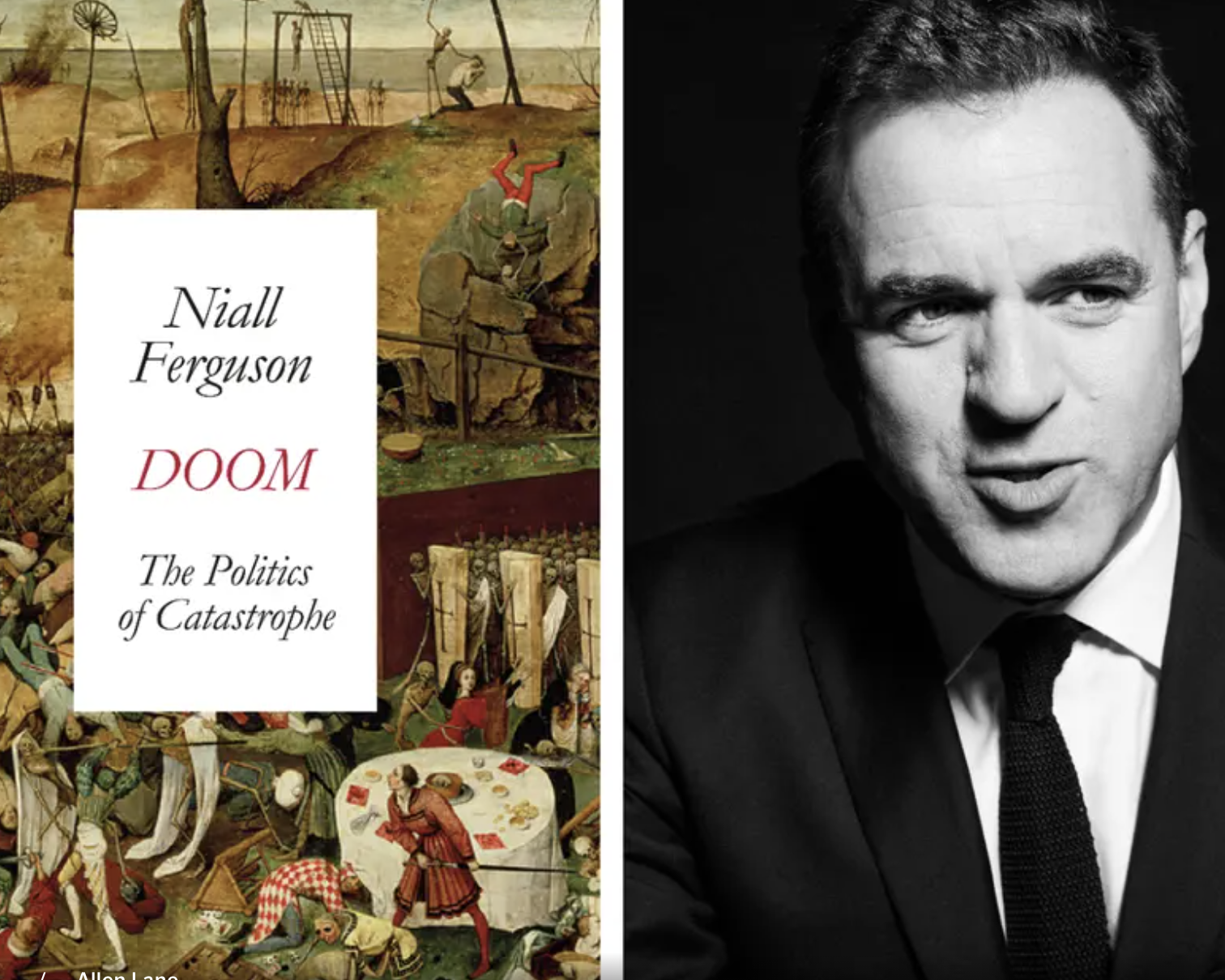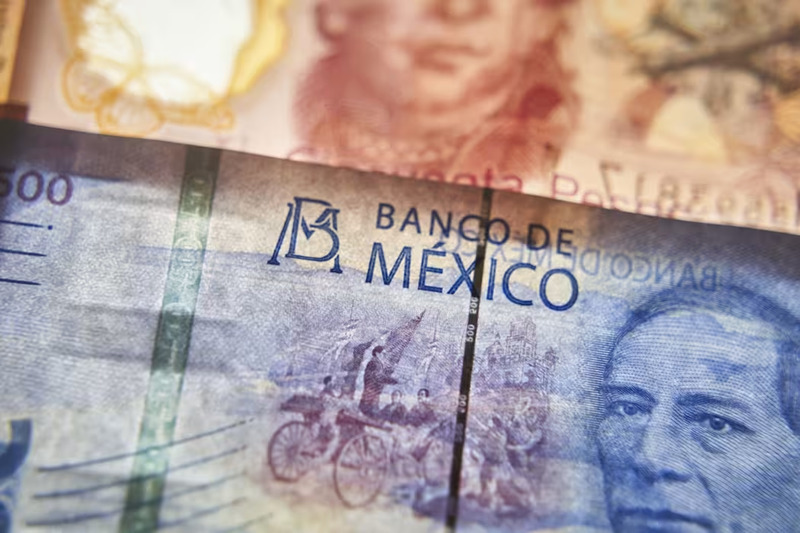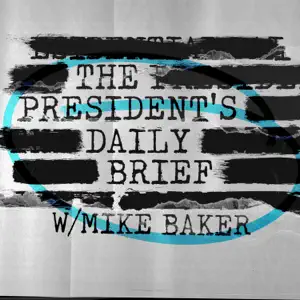
Doom: The Politics of Catastrophe by Niall Ferguson review
(Evening Standard) – From plagues and volcanic eruptions to the current Covid pandemic, mankind has always been faced with catastrophes.
Thought Leader: Niall Ferguson

The Mexican peso is on a roll, reaching its strongest level since 2015 and becoming the best performer among major currencies in the past year, boosted by high local interest rates, rising exports and record remittances.
Prospects of nearshoring fueling foreign direct investment also bolstered demand for one of the most-traded emerging market currencies, economists say. The peso was changing hands Thursday at 16.90 to the U.S. dollar, a level not seen since December 2015.
After raising its benchmark interest rate to a record 11.25% from 4% between June 2021 and March of this year, the Bank of Mexico stayed on hold at its last two monetary policy meetings. But Mexico’s benchmark rate is well above the U.S. federal-funds rate of 5%-5.25%, a differential that prompts currency traders to invest in pesos.
“The rate differential leads to peso appreciation, but I don’t think that’s the most important thing. Rather, I think it’s expectations that the Mexican economy can grow more,” said Gabriela Siller, head of analysis at Mexico’s Banco Base.
Remittances have also helped the peso. Money transfers by Mexicans working in the U.S. surpassed an annual $60 billion for the first time in April.
Few analysts expect the peso will remain for long at its current level, as the central bank is widely expected to start cutting interest rates toward the end of the year, but year-end and 2024 forecasts still signal a strong peso. Economists polled last month by the Bank of Mexico project the peso to end December at 18.33 to the dollar, compared with a forecast of 21.33 a year earlier.
Bank of America attributes the peso’s recent gains mostly to higher interest rates, and sees the peso as overvalued and vulnerable to a selloff in the event of a significant downturn in the U.S. economy.

Construction last year in Zumpango, near Mexico City. Photo: jose mendez/Shutterstock
“While the peso could remain strong in the short term on the back of U.S. resilience, we believe all risks are to the downside,” Bank of America Global Research said in a note to investors in late June.
The peso’s strength has helped curtail inflation, lifted household consumption of imported goods and defied concerns about the policies of nationalist President Andrés Manuel López Obrador. He recently compared its 20% appreciation since he took office in December 2018 with hefty losses suffered under his six predecessors.
“This hasn’t happened in decades,” he said.
Others see lasting support for the peso in economic stability and growth prospects.
“I think it’s structural at this point rather than short-term,” said Jay Truesdale, chief executive of political risk consulting firm Veracity Worldwide. Investors are looking beyond concerns about the investment climate and focusing on the broader macroeconomic context, he said. Mexico’s economic fundamentals are strong compared with its emerging markets peers, and it has a low debt load relative to the size of its economy, he said.
López Obrador discouraged investors after taking office in December 2018 by canceling a $13 billion partially built airport for Mexico City in favor of keeping the existing airport and having the military build another north of the capital that began operations last year. He put the brakes on private investment in oil and electricity with policies favoring state-run energy companies. He nationalized the country’s lithium deposits, forced a major brewery to relocate over water rights, and more recently revoked a private license on a stretch of railroad for a government project.
At the same time, the López Obrador administration has maintained fiscal discipline, running limited budget deficits and refusing to rack up more government debt during the pandemic even though it meant Mexico took longer than its peers to recover output after the 2020 recession. Gross domestic product contracted 8% in 2020, and grew 4.7% in 2021 and 3% last year.
López Obrador has also acknowledged the central bank’s active role in bringing inflation back from last summer’s two-decade highs with higher interest rates.
Nearshoring—companies moving or setting up production in Mexico to take advantage of its trade agreements, low labor costs and proximity to the U.S. market—is supporting dollar inflows.
Mexico received $36.2 billion in foreign direct investment last year, the most since 2013, and in the first quarter of 2023 the country received $18.6 billion, mostly in profits reinvested by companies already in the country.
But that investment could be higher if government policies gave more certainty that the rules won’t be changed, said Ariane Ortiz-Bollin, senior credit officer at Moody’s Investors Service.
“It’s a lost opportunity,” Ortiz-Bollin said.
Doom: The Politics of Catastrophe by Niall Ferguson review
(Evening Standard) – From plagues and volcanic eruptions to the current Covid pandemic, mankind has always been faced with catastrophes.
Thought Leader: Niall Ferguson
Michael Baker: Ukraine’s Faltering Front, Polish Sabotage Foiled, & Trump vs. Kamala
In this episode of The President’s Daily Brief with Mike Baker: We examine Russia’s ongoing push in eastern Ukraine. While Ukrainian forces continue their offensive…
Thought Leader: Mike Baker
Peter Zeihan: What Does the Future Hold for Taiwan and Semiconductors?
From Peter Zeihan: Taiwan has positioned itself as the dominant player in the semiconductor industry, but what would happen if a conflict with China broke…
Thought Leader: Peter Zeihan

